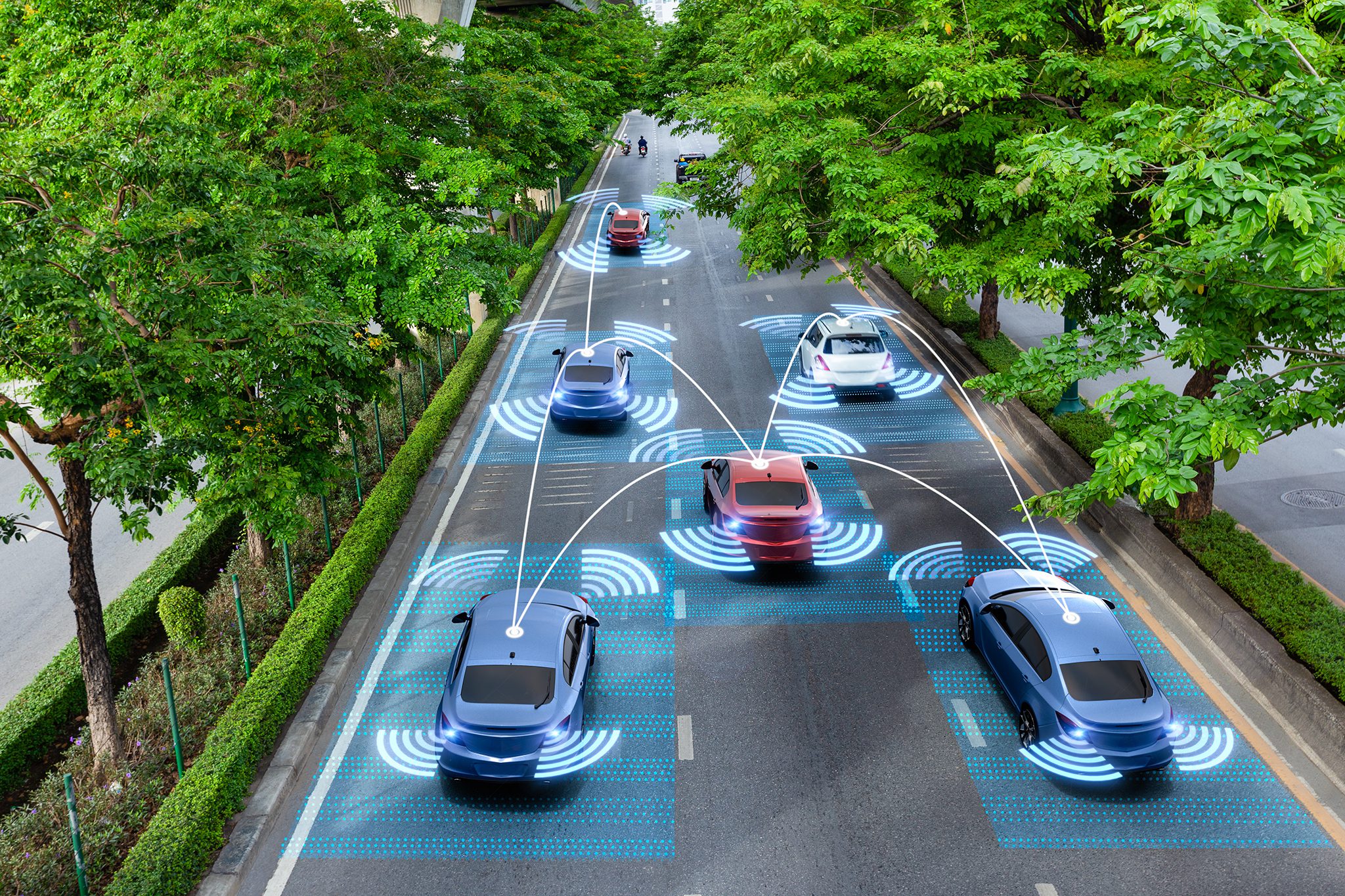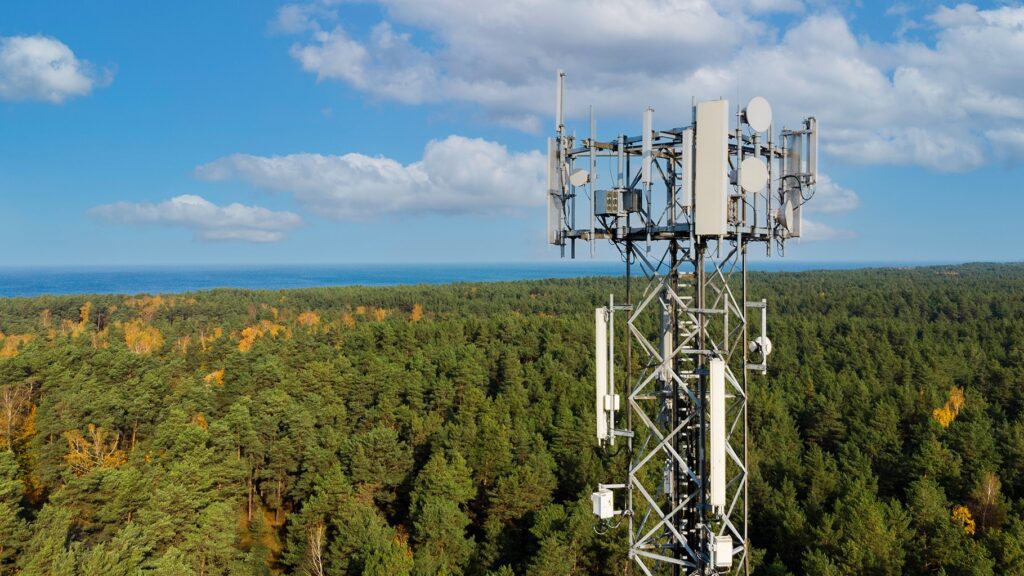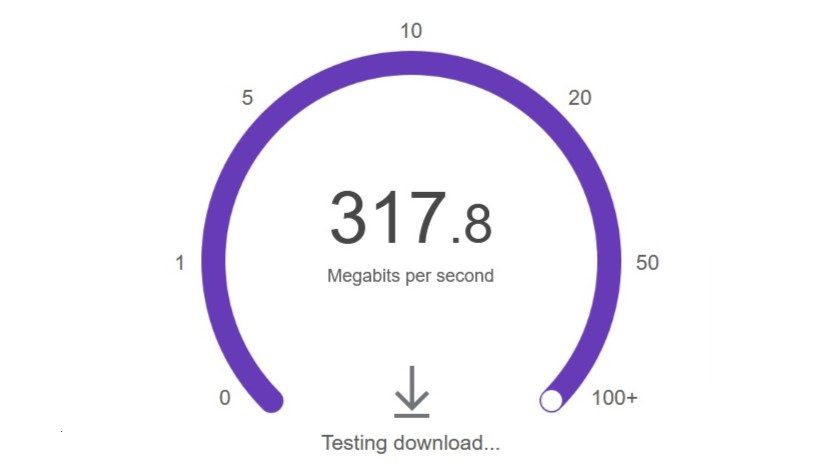Senators Ask FCC to Step on the Gas for Connected Cars
Randy Sukow
|

One of many issues that appears to be on hold due to the FCC’s 2-2 tie is the future of the 5.9 GHz band and its application to “connected cars.” Two senators wrote the Commission earlier this week urging action to advance Cellular Vehicle-to-Everything (C-V2X) technology, which some believe could dramatically reduce highway collisions and perhaps save thousands of lives.
“Many of these deaths are avoidable if we facilitate broad deployment of roadway safety technologies like C-V2X,” said Senate Surface Transportation Subcommittee Chairman Gary Peters (D-MI) in the letter along with Senator Cynthia Lummis (R-WY), also a member of the Surface Transportation Subcom. Both Senators also sit on the Subcommittee on Communications, Media, and Broadband. “Indeed, [the National Highway Traffic Safety Administration] has previously estimated that safety applications enabled by V2X could eliminate or mitigate the severity of more than 80 percent of light vehicle crashes,” they said.
C-V2X integrates the commercial cellular networks with a series of vehicle-to-vehicle interfaces, vehicle-to-roadside units (RSUs) and even vehicle-to-persons carrying smart phones. “Cooperative driving” among connected vehicles, in theory, could warn drivers of potential collisions in heavy traffic or durng highway lane changes. It also could warn drivers of about hazardous conditions due to weather or roadwork ahead. After widespread implementation, C-V2X also could support autonomous vehicle operation.
The FCC set aside 5.9 GHz spectrum (5.850-5.925 GHz) in 1999 to establish a Dedicated Short Range Communications Service for smart transportation technologies. Over the next two decades, however, technology developers made almost no progress introducing DSRC products. In late 2020, the FCC opened the 5.9 GHz band to unlicensed communications, including last-mile links for rural broadband band service. Then-Commissioner Jessica Rosenworcel praised the move to “supersize Wi-Fi.”
However, the Commission included a process for qualified entities to apply for waivers to operate C-V2X in the 5.9 GHz band. “Since that announcement, the FCC’s Public Safety and Homeland Security Bureau has received 18 waiver requests covering 31 entities seeking to deploy C-V2X technology, though none have yet been granted,” the senators said in their letter. State and municipal governments and private stakeholders have applied for waivers.
Some of the petitions are relatively recent. In September 2022, the Oregon Department of Transportation waiver petition said it was considering a requirement to deploy C-V2X devices to all traffic signals in the state. Its planned “Connected Vehicle Ecosystem” plan would support “freeway active traffic management through the use of variable speed limits, congestion warning, travel time, traffic incident and closure warning, advanced rural weather warning, hazardous road conditions warning, work zone notification, and traffic signal timing and operations,” the waiver request said.
In the same month, New Jersey requested a waiver claiming that it had C-V2X RSU equipment ready to deploy throughout the state as soon as the FCC approves use of 5.9 GHz.
The FCC has not yet responded to the senators’ letter.


